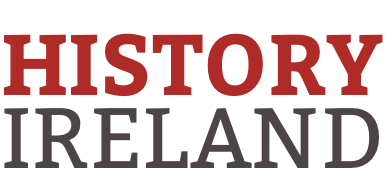Richard Cantillon —the father of economics
Kerryman Richard Cantillon was born in the 1680s to a Hiberno-Norman landowning family from Ballyheigue. The family fought alongside James II, to whom they were related, during the Williamite War and were consequently dispossessed of their lands. Nevertheless, Cantillon’s landed gentry origins were to leave a lasting impression on his work, and his experiences in … Read more
